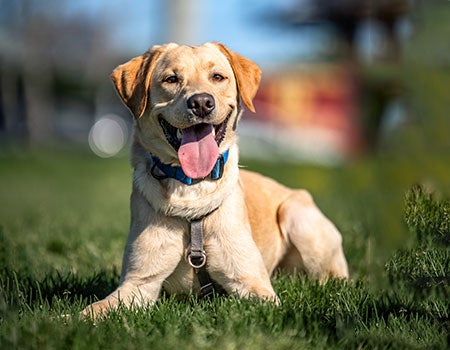Training

What can our dogs do?
RESCUE or RECOVER victims of accidents or disasters, and/or missing people using expert search and recovery skills.
DETECT health threats including cancer and infections, in people, animals and the environment in partnership with scientists across multiple disciplines.
PREVENT crime and acts of terrorism, working alongside local, regional and national agencies and organizations to find explosives and narcotics.
“The team at the Penn Vet Working Dog Center trains with a level of professionalism and caring unlike anything I have ever witnessed, and produces the best search dogs that I have ever seen. Without a doubt, their dogs are unmatched in their level of training, socialization and desire to work.”
John Dean, Canine Training Coordinator, Arizona Task Force 1, Arizona Search Dogs, Phoenix Fire Department
Training
The Penn Vet Working Dog Center trains puppies from eight weeks of age, participating in age-appropriate exercises to gradually develop the skills they will need as working dogs. They are in training Monday through Friday and work on critical skills including but not limited to search, agility, fitness and obedience.
A Foundation in Scent Detection
We teach our dogs the basic skills necessary for a career in detection. We think of it as a liberal arts degree that will prepare them to go on to the advanced training that best suits their physical and behavioral strengths.
Our Training Philosophy
Our dogs graduate into a world where their extraordinary sense of smell can save lives, serve the community and protect the environment
- Search & Rescue (Live & Human Remains Detection)
- Explosives Detection
- Narcotics Detection
- Accelerants Detection
- Conservation Detection
- Cancer Detection
- Public Health
- Single Purpose Law Enforcement
- Dual Purpose Law Enforcement
Looking for information on how you can train your own dog?
Meet our Detection Training Director Emma Gaalaas Mullaney
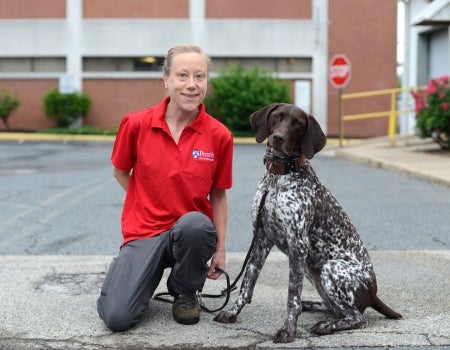
Dr. Gaalaas Mullaney’s combines her broad research, program and field experience focus to advance our efforts in fields of search and rescue, scent detection dog training, and puppy development.
Specialized Services
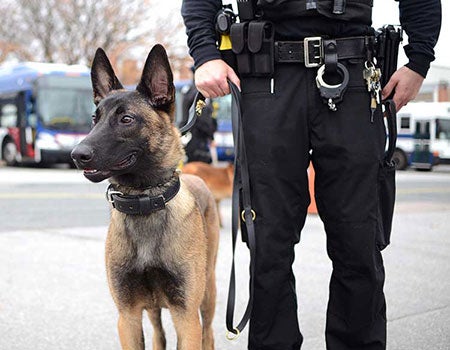
Law Enforcement Training
Our Law Enforcement K9 Training Program provides local, state and federal agencies with individualized training to create high-performing K9 teams.
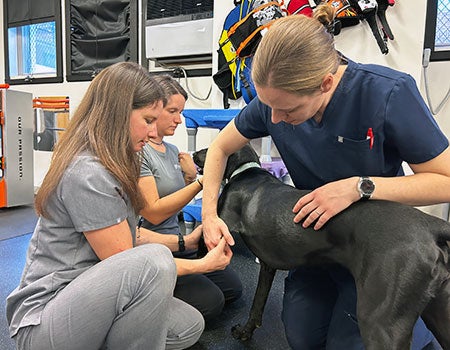
Sports & Performance Medicine
In partnership with Penn Vet’s Ryan Veterinary Hospital, we offer specialized services in prevention and treatment of K9 mobility and performance related conditions.
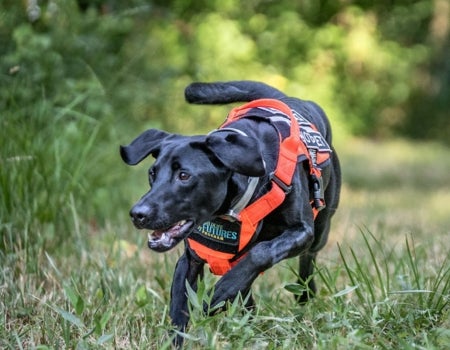
Conservation K9s
We’ve partnered with Penn Vet’s Wildlife Futures Program on wildlife research and surveillance studies to support their impactful work providing conservation detection services.
Penn Vet Working Dog Center
Follow PVWDC:
3401 Grays Ferry Ave., Bldg. 470, Philadelphia, PA 19146

